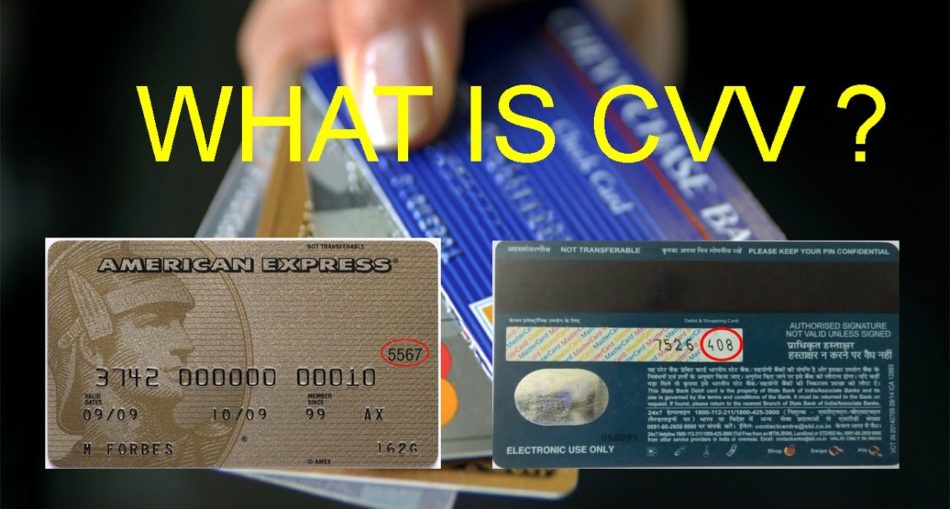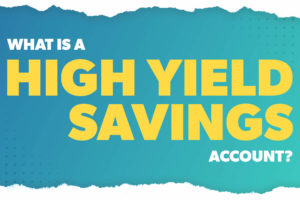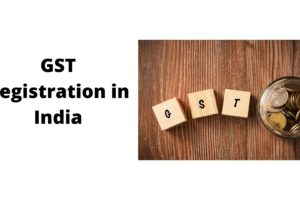Credit card fraud is a growing problem in the United States. The Federal Trade Commission received more than 1 million consumer complaints in 2017 alone. An estimated 10 million Americans have been victims of credit card fraud in the last year. Some estimates suggest that as much as $2 billion worth of goods are purchased yearly using fraudulent cards. While there are many ways to prevent identity theft, CVV codes can help protect your finances by increasing security for online purchases or at brick-and-mortar locations where you use your credit card to make purchases.
What is CVV?
CVV stands for Card Verification Value. CVV is a three-digit code printed on the back of your credit card that identifies you as the card owner (i.e., it’s used to verify your identity). Some merchants require this code to complete transactions over $50, but even if you don’t have to enter it to make a purchase, entering it will help prevent fraud.
If someone were to try and use your card without permission—whether buying something online or using an ATM—they’d need your name and account number to get past their security systems. Even if they had both pieces of information, they wouldn’t be able to access one vital piece: Your CVV credit card number!
Why is CVV important?
CVV is an essential part of the credit card security process. It helps to protect your credit card information, identity and bank accounts from being compromised or stolen by a fraudster.
The three-digit code on a credit card’s back is called the Card Verification Value (CVV). It’s not a PIN code or confirmation of your name either. The CVV provides an extra layer of protection that helps prevent fraudsters from using stolen or lost cards to purchase online or over the phone.
Where are CVV codes located?
The first step to using CVV codes is knowing where they’re located. They can be found on the back of the card, on the front of the card, or a magnetic strip. Some newer cards have an embedded chip that contains information about when and where you purchased your product.
If you’re looking for this information so you can manually enter it into a form (i.e., if your credit card company doesn’t support CVV), it’s best to check all three places before assuming that your card doesn’t have any security measures in place.
How do CVVs protect against fraud?
The CVV number is not printed on your credit cards, so it’s not visible to merchants when using them at point-of-sale locations. This means that there’s no way for someone to steal your information from a physical copy of your card because they won’t have access to this code. However, as the professionals at SoFi state, “Not all businesses are required to request the CVV number. In those cases, a thief may still be able to make a purchase using just your credit card number.”
Can you do authorized transactions without a CVV number?
Yes, you can do authorized transactions without the CVV number. However, it’s not recommended. It’s important to keep your card safe; if it’s lost or stolen, you can buy a new one with an updated CVV number.
Credit card fraud is a serious issue that can have devastating consequences for you and your finances. Fortunately, you can take steps to protect yourself against this type of crime. CVV codes are one way to verify that the person making an online purchase has possession of the actual credit card.












